GEAR: INFLATABLE OR RIGID WINGBOARD?
- News
- Wing
Inflatable or rigid wingboard, we give you the keys for choosing the most suitable technology for your practice!
Inflatable or rigid wingboard, we give you the keys for choosing the most suitable technology for your practice! Since the invention of the concept of a 2-in-1 inflatable board by GONG which has closed the performance gap with rigid boards, choosing the technology of your next wingboard is no longer an obvious one. The decision depends on details related to your practice, your preferences and how much room you have in the trunk ;) Here’s how you should look at it.

Wing foilers: Malo and Clément, GONG team riders, with a HIPE Stunt and Stunt FSP Pro, Droid Aramid and Ypra Surf-Freestyle.
Before looking at the advantages of each technology, it is important to specify that one inflatable board isn’t the other. In the wake of the success of the HIPE, many brands now offer inflatable alternatives in their ranges but nothing comes close to the original! If the HIPE achieves the performance of a rigid board, it is thanks to its unrivaled 2-in-1 concept of an inflatable board for flotation on a large rigid structure for performance.
GONG has combined its know-how in inflatable tech acquired on thousands of SUPs designed, produced and sold each year with its know-how in composite materials. A carbon plate, the centerpiece of the board, covers the entire stance (distance between the feet) of the rider, eliminating any flex or twist, on the water or in flight. As a result, each of your intentions is directly transmitted to the foil for ultra-precise steering, like on a rigid board.


Wing foilers: Malo and Francesco, GONG team riders, with a HIPE Diamond, Droid Aramid, Ypra Surf-Freestyle and Veloce H setups.
A poorly positioned carbon plate, and/or poorly designed, or worse, without any carbon, will not be able to make your inflatable board function properly, especially with all the constraints linked to the forces exerted by a foil. And unfortunately there are numerous examples on the market.
The advantages of an inflatable board
- Fits in a backpack
An inflatable board is foldable and fits in a transport bag that can be carried on your back! A transport bag geared-up with wheels (on all our inflatable models except for the HIPE First) which allows you to travel long distances with all your equipment. Our transport bags are designed to contain all the elements necessary for your practice (pump, wing, full foil, leashes and wetsuit). Inflatable boards are the perfect technology for traveling serenely and more economically, whether by plane, train, Fiat 500, well, pretty much anyhow, anywhere!
- Space-saving
If you do not have a garage or storage space for your gear, the reduced size is again a big advantage of this techno. If you are in an apartment, there is only one bag to transport and store. It’s clean and easy.
- Performances
As specified above, our inflatable boards make no compromise on performance. Only the precision of the shape separates an inflatable board from a rigid one. The inflatable board will have rounder rails than a rigid board. This is inherent to this type of construction. This impacts the lateral stability of the board which will need a bit more volume to match the stability of a rigid board. We therefore do not lose in pure performance on an inflatable board but slightly in inertia with a slightly bigger board. We recommend at least +15L compared to a rigid board for a wing foiler of an advanced level, plus 25-30l for an intermediate level and at least 40L for a beginner.
An inflatable board is appropriate for foilers of all levels. Shapes vary from one program to the other with for example more width for beginners (stability +++) or a narrow tail on the HIPE Lethal for example (Take off +++ and harmless touchdowns in wave riding). With the exception of the HIPE First and Free Fly, all our inflatable models offer the same equipment as our rigid boards with a V strap at the front and a single strap on the back.
- Comfort in navigation
The inflatable boards are very reassuring because the contacts with its surface are rather soft. So there’s less risk of hurting yourself when wiping out. Especially because the rails are a little more rounded. Sailing on this type of board inspires a very safe feeling and rightly so.
- Solidity
It’s very unlikely to damage the board because of bad manipulations on the beach or in the parking lot. But no drama if you manage to do so. For example, if you manage to pierce the layer of your inflatable board with a sharp object, you can easily repair it with the supplied repair kit (glue not included because they store poorly). Unlike the repair of a rigid board which requires the help of a professional fixer or to have a good experience in composite materials, you are independent for repair which is not very complicated.
- The price
An inflatable board is cheaper to produce than a rigid board because the working time is much shorter. In addition, our sales model allows us to offer bargain prices on all the HIPE’s in the range, with a particular effort on the HIPE First which makes the practice of Wing Foiling accessible to small budgets.

Wing foilers: Clément, GONG team rider, with a HIPE Freefly, Neutra Boom and Fluid setup.
The advantages of a rigid board
- High-end shapes
A rigid shape allows you to have a specialized board for a specific program. For example a Stunt FSP Pro whose surface optimizes landings in freestyling or a Lethal FSP Pro whose sharp lines allow all angles in wave riding.
- Less inertia
For the same volume, a rigid board will be more stable at standstill than an inflatable board. It can therefore be chosen in a smaller size to enjoy a reduced inertia in flight. An interesting asset when you want to push tricks and boost your rail to rail.
- Volume distribution
A rigid shape allows a more precise volume distribution as for example the bulb on the nose of the Lemon to stabilize the board at standstill and facilitate repop.
- Pretty lines
It looks good! And a shape that pleases the eye usually works great on the water too. What surfer, kitesurfers or windsurfers see in a shape can also be applied to wing foiling. It is a pleasure to read a shape on land and to analyze its behavior on the water. The concave of a hull, the edge of a rail or the design of a tail are all elements that you learn to understand and use to your advantage as you get better at it.
 Wing foiler : Malo, team rider GONG, on a Lethal FSP Pro, Droid Aramid and Fluid setup.
Wing foiler : Malo, team rider GONG, on a Lethal FSP Pro, Droid Aramid and Fluid setup. As stated in the introduction, there is no longer an obvious choice between inflatable and rigid boards. Your spot also has an influence on the choice, a choppy body of water, advantage to rigid techno for stability. Flat water body, the inflatable will be sufficient. There is always the question of space to transport and store a rigid board. So it’s very personal and there are no bad choices. We give you the keys, it’s up to you to open the door that you like the most 😉








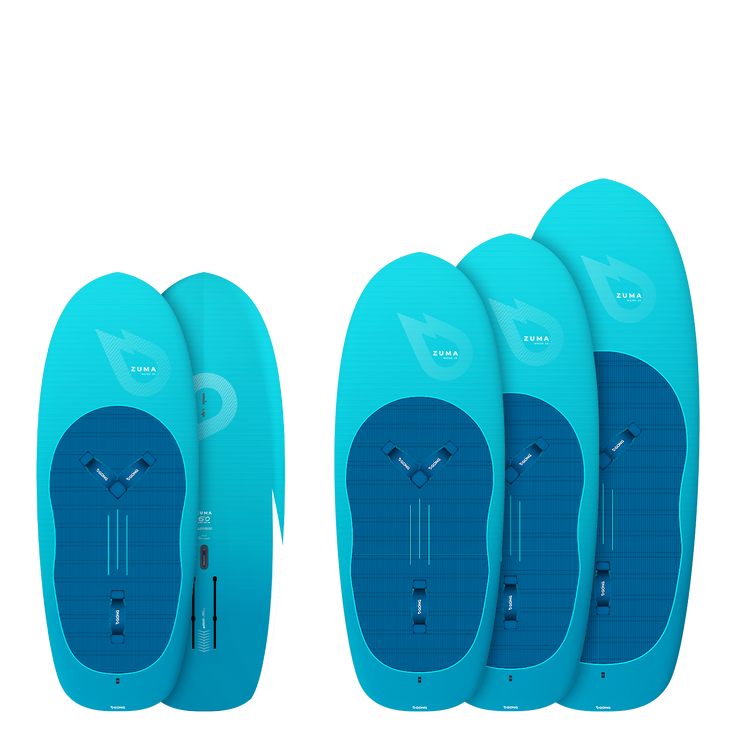





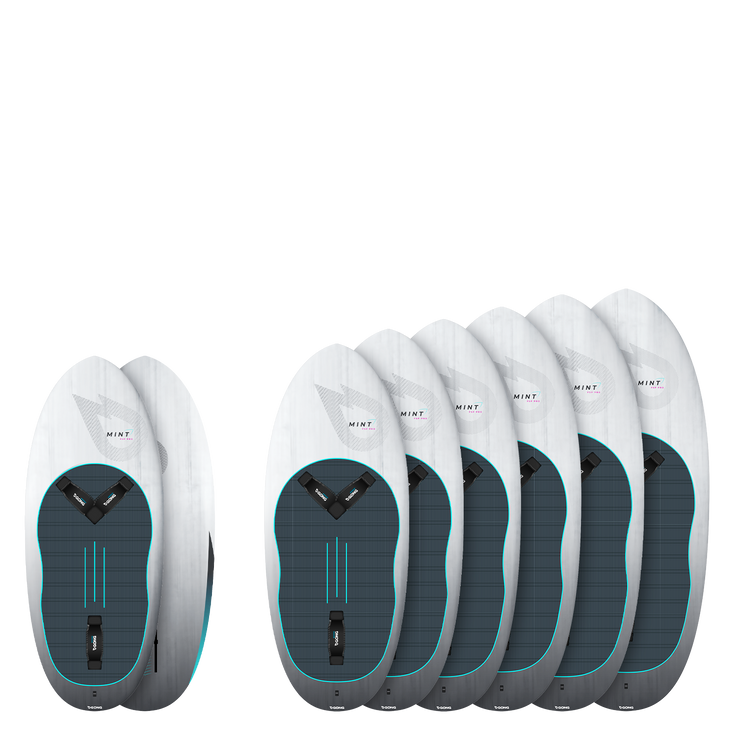

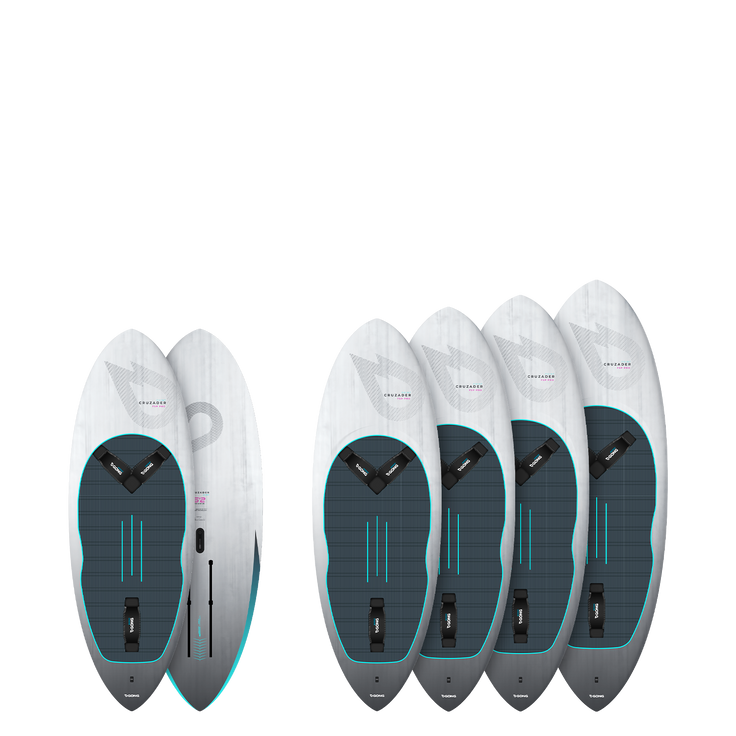






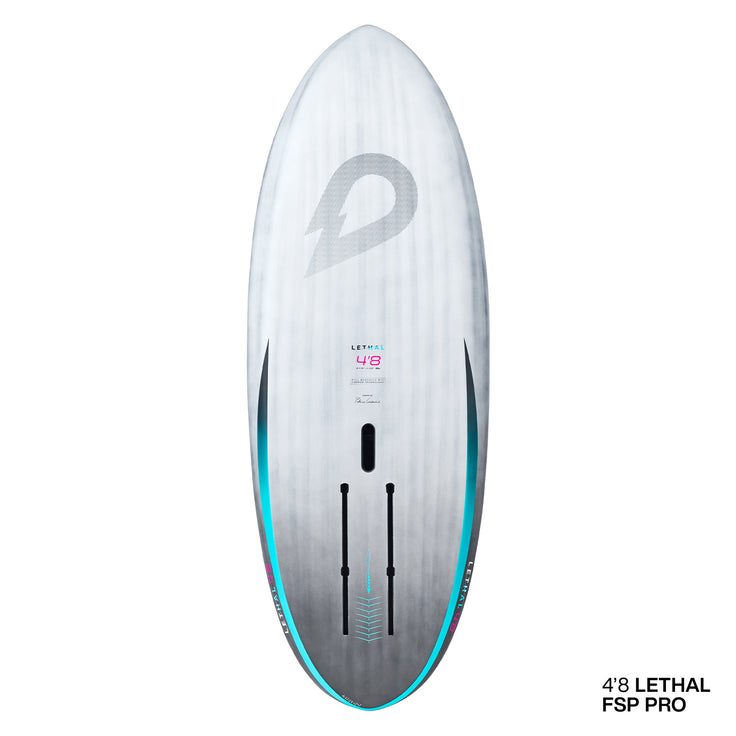
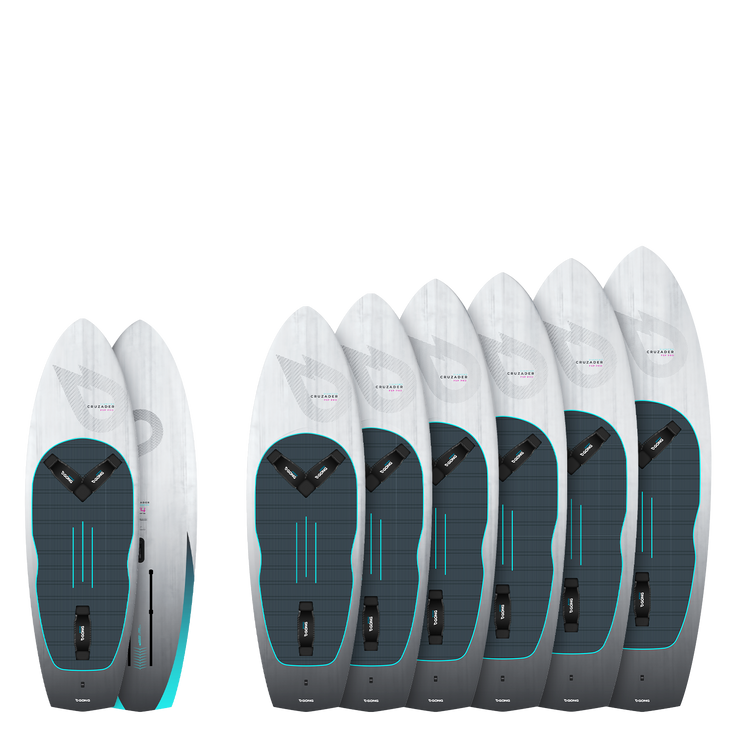
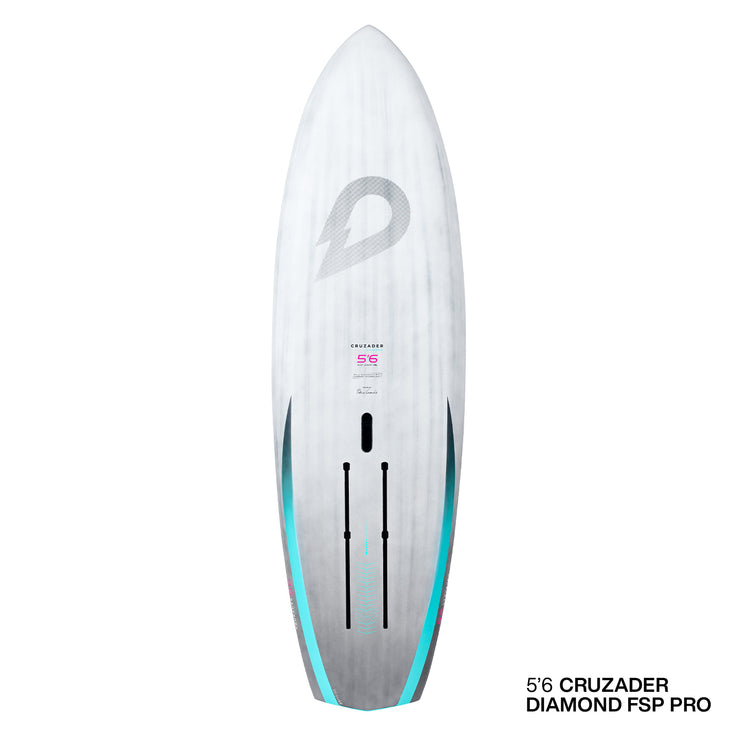
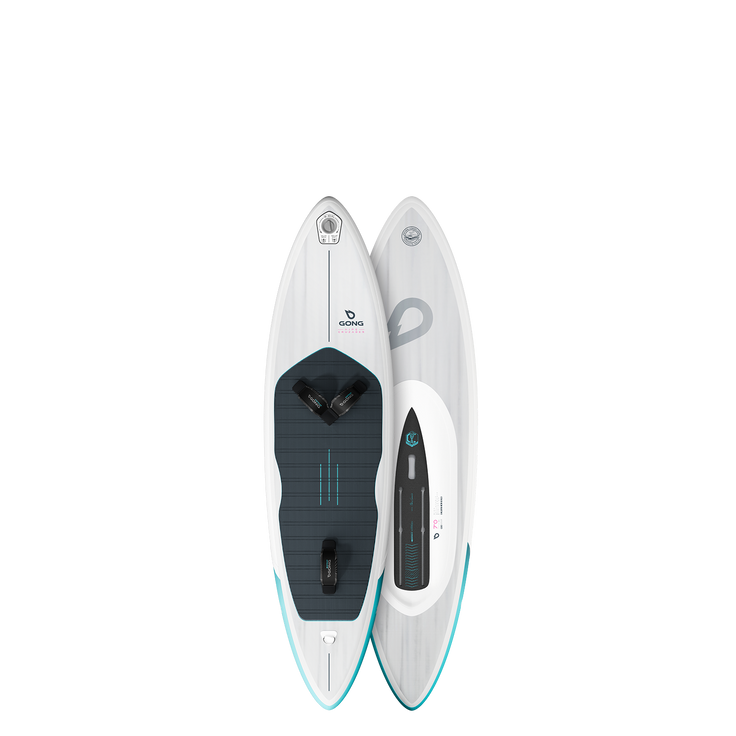

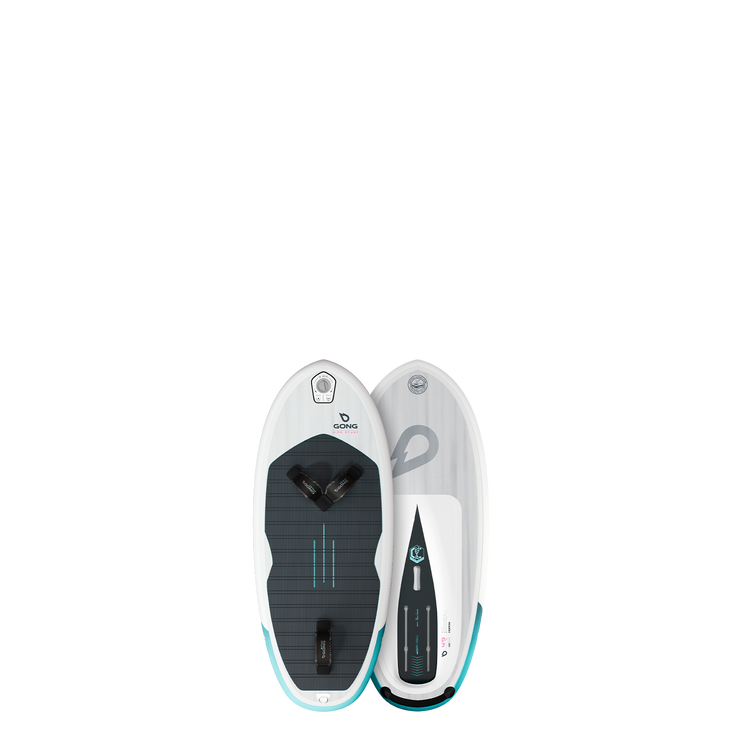





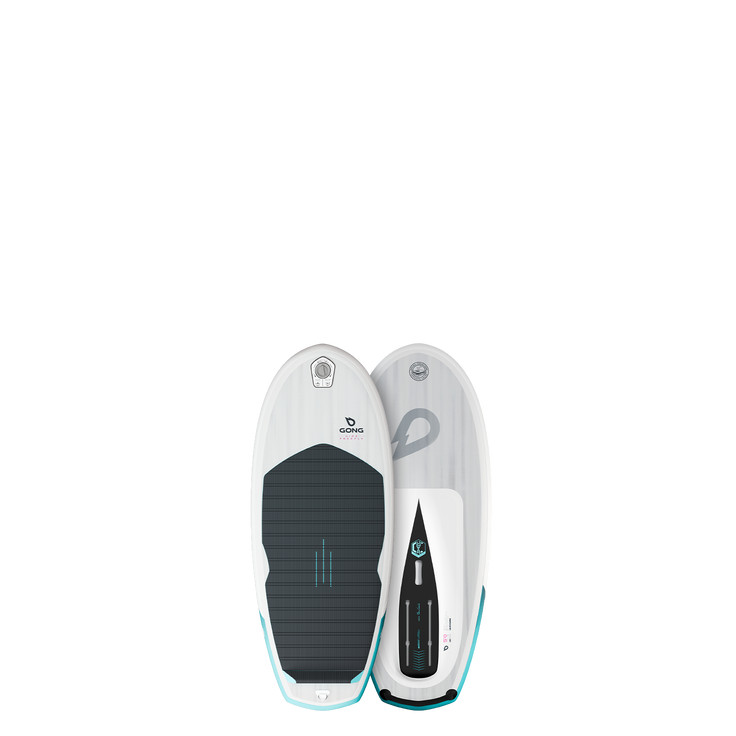
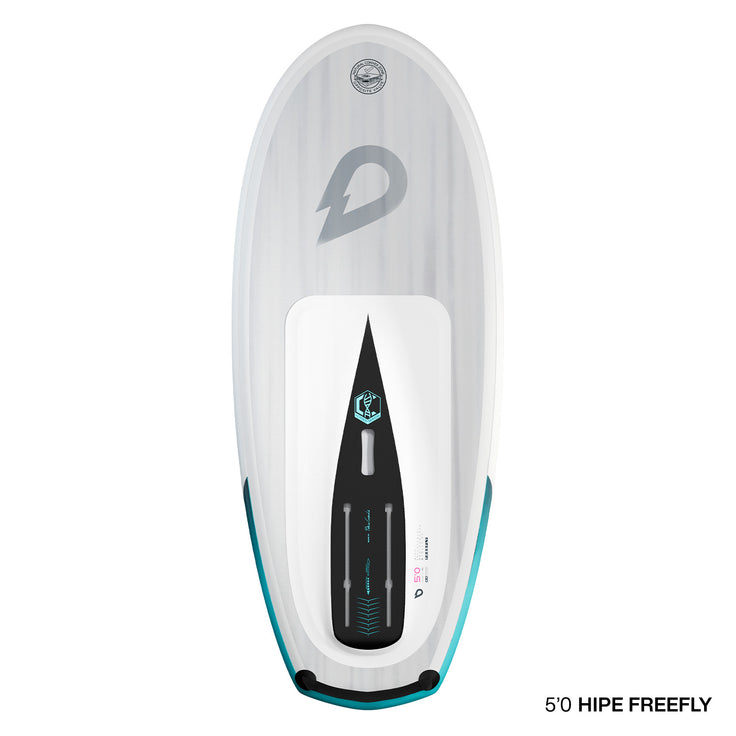
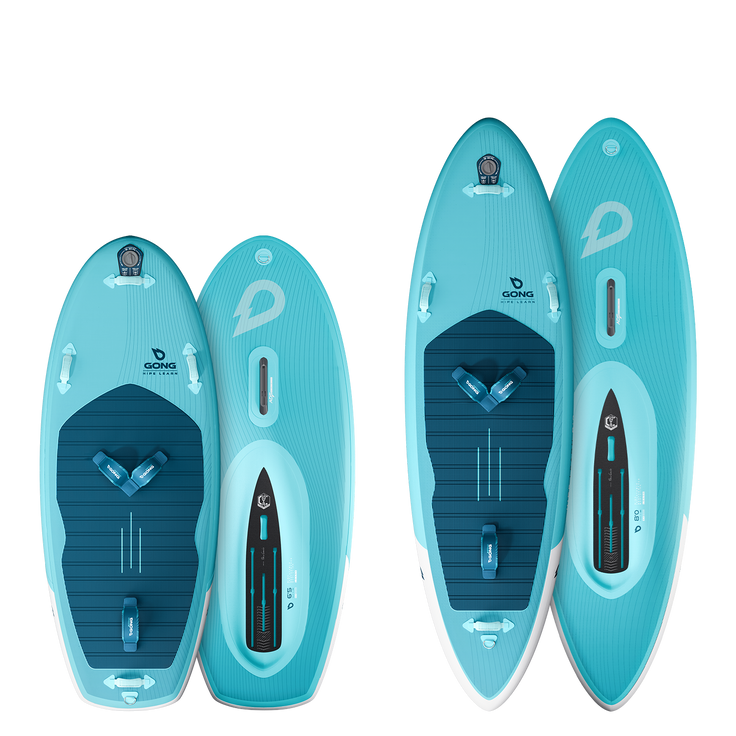

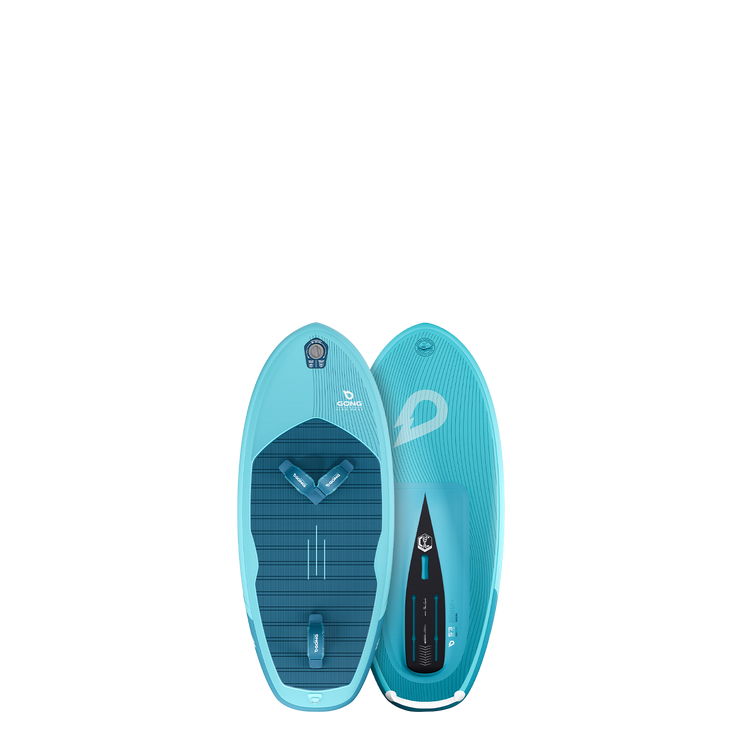



1 comment
Merci pour ce comparatif clair et précis .